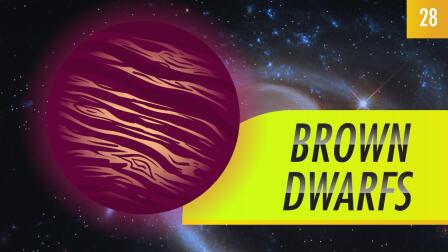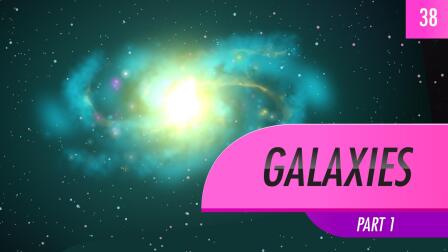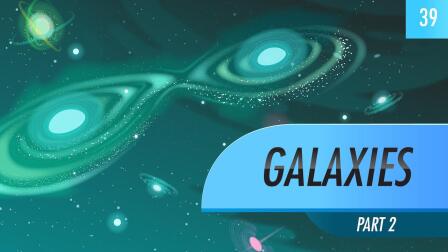Back to Show
Crash Course Astronomy
Exoplanets: Crash Course Astronomy #27
Season 1
Episode 27
Phil explains that YES, there are other planets out there and astonomers have a lot of methods for detecting them. Nearly 2000 have been found so far. Exoplanets appear to orbit nearly every kind of star, and we've even found planets that are the same size as Earth. We think there may be many billions of Earth-like planets in our galaxy.
Support Provided By

11:46
Binary stars are gravitationally bound together in the same system.

12:11
Stellar mass black holes form when a very massive star dies, and its core collapses.

12:42
In the aftermath of a some stars we find a weird little object known as a neutron star.

12:02
Massive stars fuse heavier elements in their cores than lower mass stars.

11:09
What comes next after the death of a low mass star? A white dwarf.

12:02
Today we are talking about the life -- and death -- of stars.

11:05
Brown dwarfs have a mass that places them between giant planets and small stars.

10:40
Phil explains stars and how they can be categorized using their spectra.

11:20
How do astronomers make sense out of the vastness of space?

10:33
In order to understand more of universe, we need to talk a little bit about light.

11:21
What the difference between a meteor, meteorite, and meteoroid?

11:40
We're heading to the outskirts of the solar system.











